Ein Beitrag von: Lotta Heinz
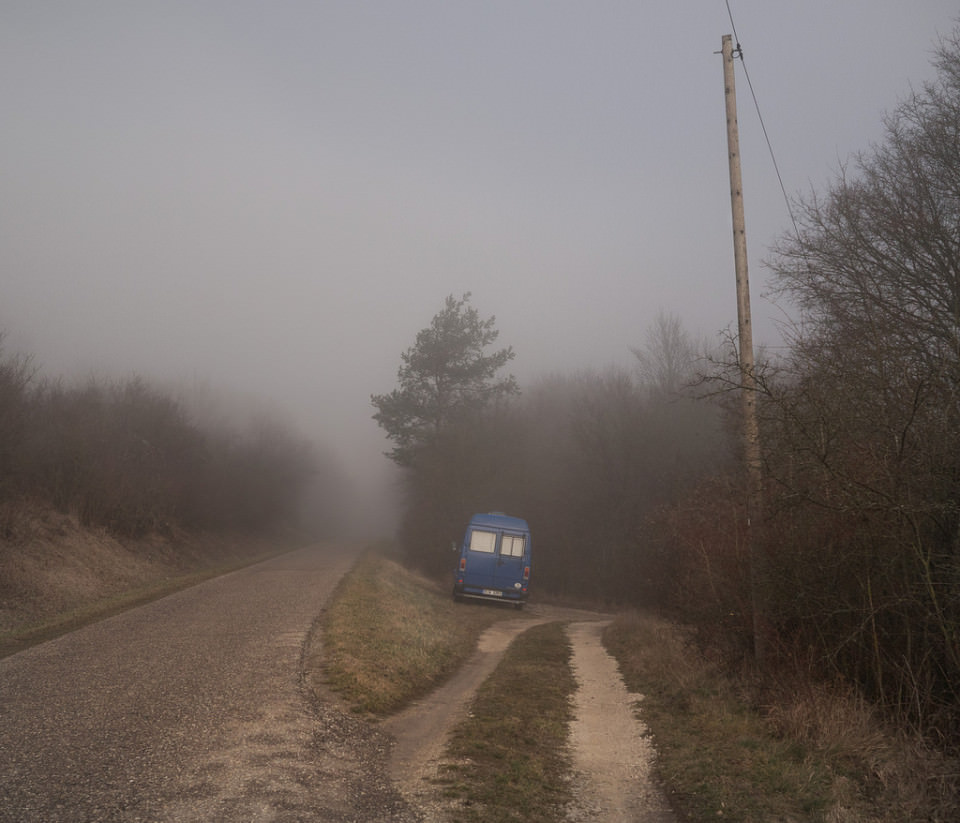
kwerfeldein – Fotografie Magazin
Ein Beitrag von: Cory Devenney
Meine Bilder sollen Emotionen auslösen. Ich möchte durch Staunen, Humor oder irgendein anderes Gefühl fesseln. Ich fotografiere meist konzeptionelle Portraits oder einfach nur surreale Bilder.
Die Fotos sind dabei nicht so fantastich, dass man nicht verstünde, was los ist. Sie sind nahe an der Reaität gehalten, aber weit genug von ihr entfernt, dass beim Betrachter die Frage aufkommt, wie ich das gemacht habe. Letztendlich möchte ich, dass die Menschen meine Arbeit genießen.

Feuer ist immer ein Eyecatcher. Es erzeugt diese „unglaublich!“-Reaktionen und gleichzeitig gibt es einem ein Gefühl von Wärme und Frieden. Dieses Element fasziniert mich einfach und ich versuche, immer wieder neue Bilder damit umzusetzen. Auch vermische ich gern die Elemente und fotografiere zum Beispiel Feuer zusammen mit Wasser. Aber keine Angst: Es hat sich noch nie jemand bei meinen Shootings verletzt oder kam dem auch nur nahe.
Ich weiß, dass diese konzeptionelle Art der Fotografie wächst, sehr schnell wächst. Aber ich versuche, mein eigenes Ding zu machen, ohne groß darüber nachzudenken, was alle anderen tun. Obwohl Inspiration manchmal auch von anderen Künstlern kommt, auch aus verschiedenen Medien.

Alles beginnt, wie sicher bei den meisten anderen Künstlern auch, im Kopf. Ich muss eine Idee haben, um zu beginnen. Dabei wird das Bild am Ende nicht immer so, wie ich es mir vorgestellt habe, manchmal kommt es dem nicht einmal nahe, aber so beginnt es.
Der gesamte dem folgende Prozess unterliegt Versuch und Irrtum. Manchmal funktioniert es wunderbar, manchmal nicht und dann ich muss das ganze Projekt verwerfen.
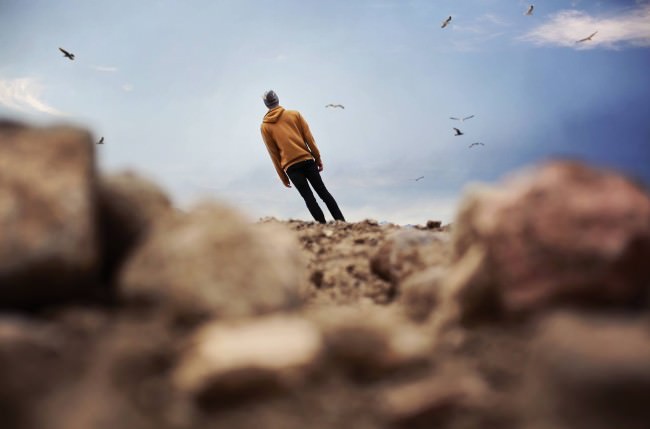
Es ist kein Geheimnis, dass auch Photoshop bei der Erstellung meiner surrealen Bilder involviert ist. Aber ich baue sehr auf meine Kenntnisse und Fähigkeiten während des Fotografierens, damit die Bearbeitung im Nachhinein leichter ist. Auch an diesem Punkt wird ein Foto manchmal noch zum Flopp. Aber das ist egal – ich genieße jeden Aspekt der Fotografie.
Dieser Artikel wurde von Katja Kemnitz aus dem Englischen ins Deutsche übersetzt.
kwerfeldein – Fotografie Magazin

The following real-world gallery and test scene shots were first published in our 2013 Camera Roundups, but we’re highlighting the Fujifilm X-A1 again in case you missed it the first time around. The X-A1 is nearly identical to the X-M1 except for one key detail – it uses a 16MP sensor with a conventional, Bayer color filter array, rather than the X-Trans design that’s been used in other bodies. See gallery
News: Digital Photography Review (dpreview.com)
[ By Steph in Global & Travel & Places. ]
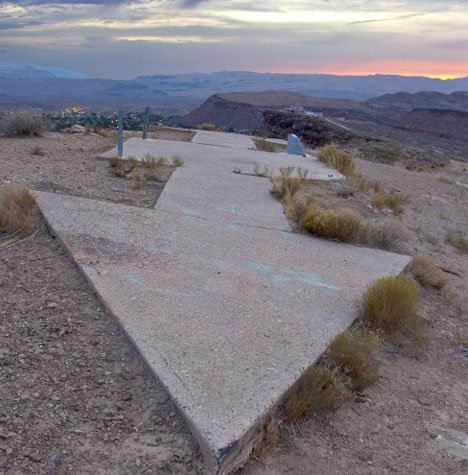
The remains of large concrete arrows can be found in patches of dirt and grass across the United States from New York to San Francisco. Many locals have wondered what they’re for, seemingly pointing nowhere at all and often located in fairly remote places. They were installed in the 1920s, each accompanied by a fifty-foot tower and a tiny hut, and became obsolete within a decade.
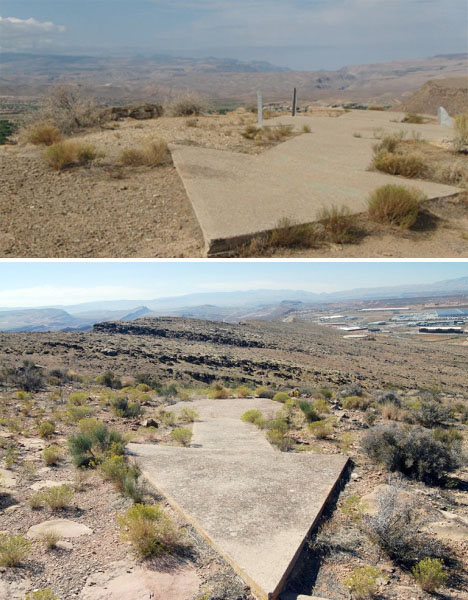
So what were they for? Getting mail delivered in the time period just after the birth of the airplane, but before the wide use of radar and radio communications. The arrows helped guide airmail pilots at night, when flights would otherwise be grounded due to inability to properly navigate. The ability to deliver mail by plane represented a huge step in the evolution of U.S. mail delivery, vastly speeding up a system that had previously relied on stagecoach lines.
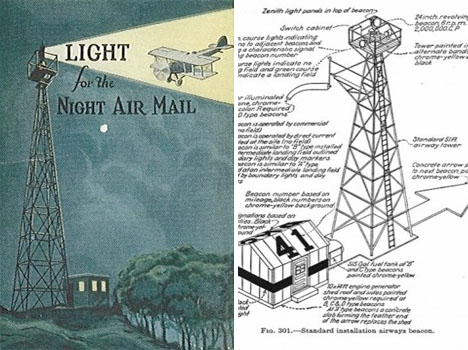

The system used fifty-foot beacon towers with rotating lights placed on top of concrete foundations shaped like arrows, usually between 50-70 feet in length. A small hut offered a place to stay for the people who maintained the generators and lights. The beacons were only visible from a distance of about 10 miles.
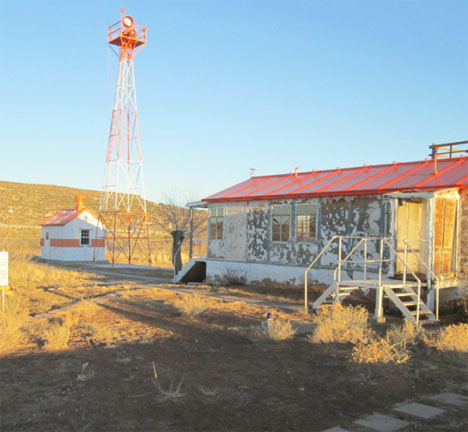
By the end of the first year of the program, the airmail service had 18 terminal airfields and more than 500 beacon lights in operation along the main mail delivery route, and continued to expand throughout the 1920s. But by 1933, new technology and the high cost of operation during the depression shut the program down. The towers were disassembled for their steel during World War II. A few have been preserved, like the one pictured above at the Western New Mexico Aviation Heritage Museum.
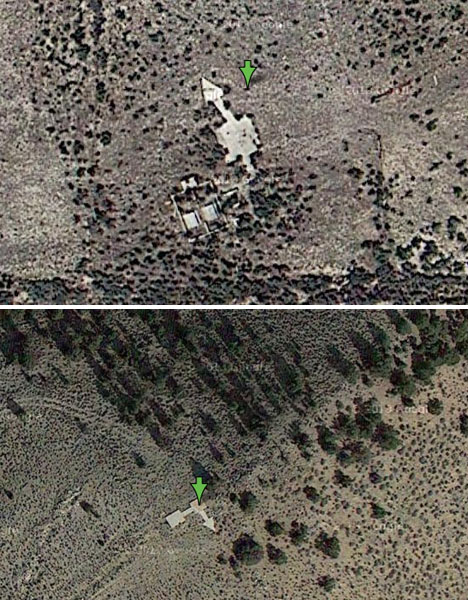
While many of the arrows have since been lost to development, those further afield still offer a (sometimes mystifying) glimpse of the past. The blog Sometimes Interesting has compiled a list with map links to arrows that still remain in New Mexico, Wyoming, Idaho, Nevada and other states.




[ WebUrbanist | Archives | Galleries | Privacy | TOS ]
![]()
 Extra photos for bloggers: 1, 2, 3 Extra photos for bloggers: 1, 2, 3 |
|||
Hey plant murderers, listen up.
You have officially killed your last plant because we are about to show you how to make a photo cactus garden that requires absolutely no attention.
Go put away that watering can and please stop singing to your sad looking ferns. Making a flat pack cactus garden is as simple as snapping a few photos and snipping some card board.
If you are space challenged or just have a black thumb, flat pack cacti pricks – we mean ticks – all the boxes.
Learn How to Make Your Own Flat Pack Cactus Garden
(…)
Read the rest of DIY: Flat Pack Cacti (363 words)
© Erika for Photojojo, 2013. |
Permalink |
No comment |
Add to
del.icio.us
Post tags:
[ By Steph in Design & Graphics & Branding. ]
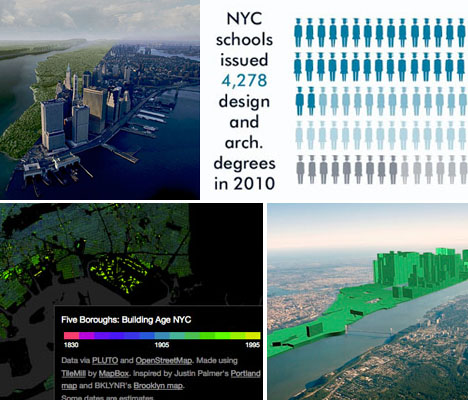
Data is much easier for most of us to process when it’s presented in visual form, and these 15 infographics and visualizations give us a (literal) picture of New York City that would be hard to come by otherwise. Exploring things like income inequality, building age, how the city has evolved and what its most popular hot spots are, these maps and charts illuminate the city in new ways.
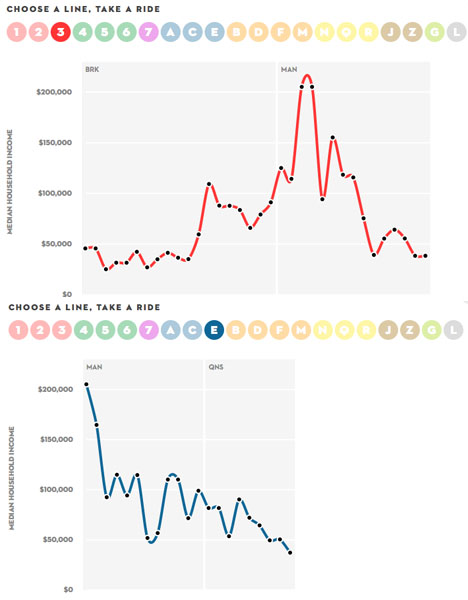
New York City’s inequality problem is even clearer when viewed by subway line, as this interactive infographic from The New Yorker illustrates. Using data on median household income from the U.S. Census Bureau, it allows you to see the areas where earnings range from abject poverty to sky-high wealth.
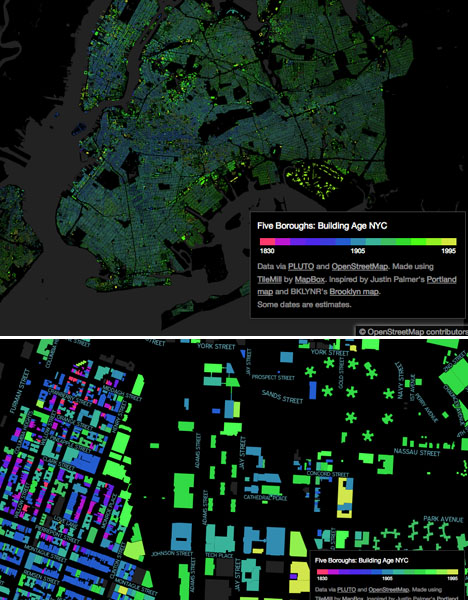
Where are the city’s oldest buildings? You could read a list of them, but seeing them laid out visually on a map makes them easier to spot. See the ages of one million New York buildings mapped in vivid colors, zooming in and exploring by neighborhood, at BDON.org.
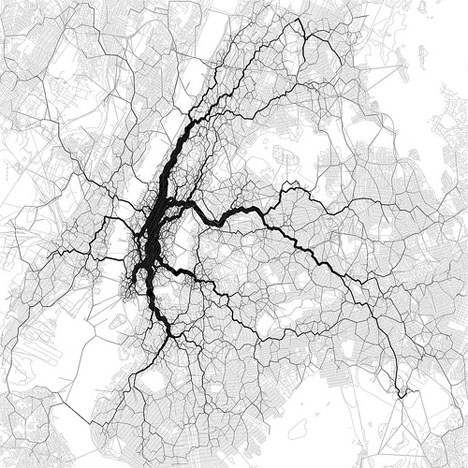
Ten thousand New York City-based tweets are laid out on top of a map in this interesting data visualization. The creator, Eric Fischer, asks “Is this the structure of New York City?” Perhaps it’s really just bored people in subways and cabs taking a moment to tell the world what they ate for lunch.
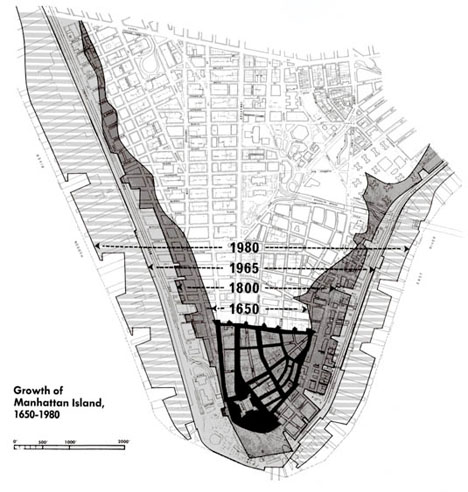
It’s easy to forget that much of Manhattan Island (and the rest of New York City) used to be a marsh. The borders of the island were much further inland way back in 1650 when the first settlement was founded. By 1980, they had extended by a good 1,000 feet.
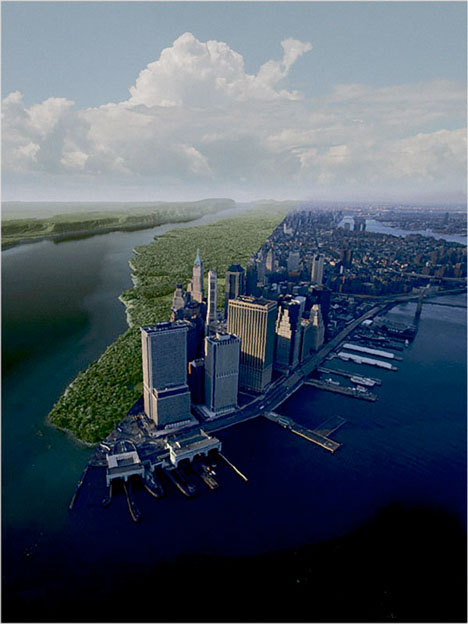
Here’s another visualization that shows the drastic changes in the island from the way it was when European settlers first arrived to how it looks today. The composite image shows the left side of the island as it was 400 years ago and the modern-day city on the right. How will it change in another 400 years?




[ WebUrbanist | Archives | Galleries | Privacy | TOS ]
![]()

The Nikon AF-S Nikkor 58mm f/1.4G was one of the more unexpected lens releases of 2013. It’s a fast normal prime for full frame shooters, but its $ 1699.95 / £1599.99 price tag represents a huge premium compared to the existing (and very good) AF-S Nikkor 50mm f/1.4G. What’s more, lab tests failed to show any clear sharpness advantage either. So why, exactly, is Nikon asking so much for this lens, and just how well does it perform in real-world use? Find out. Read our detailed review
News: Digital Photography Review (dpreview.com)
Over this year we’ve seen some amazing images that have inspired us – today we take a look back at:
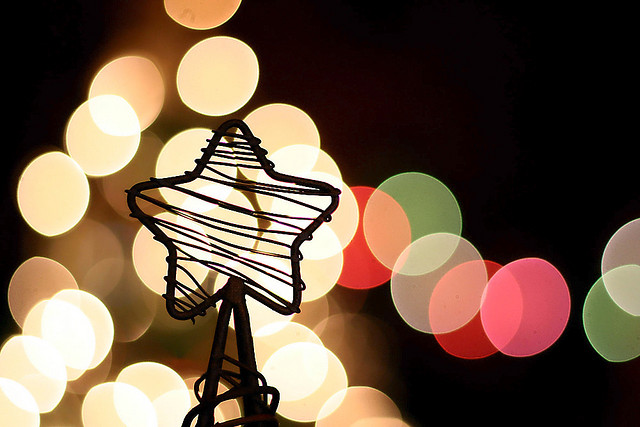
By Kathy

By rosemary*
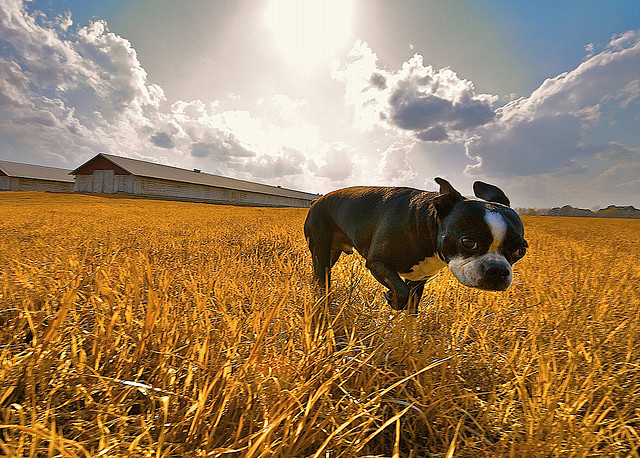
By justin tippins
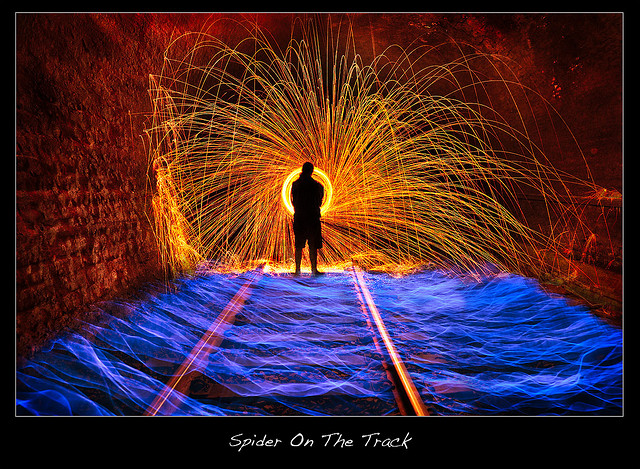
By Brent Pearson
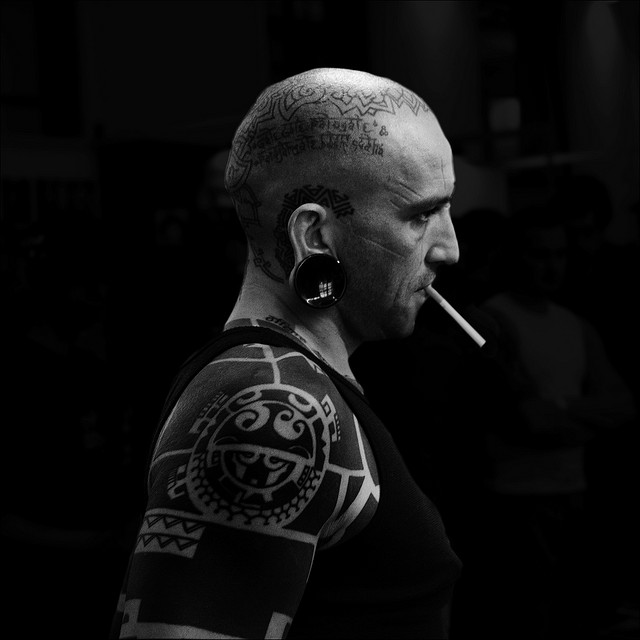
By wolfgangfoto

By James Jordan
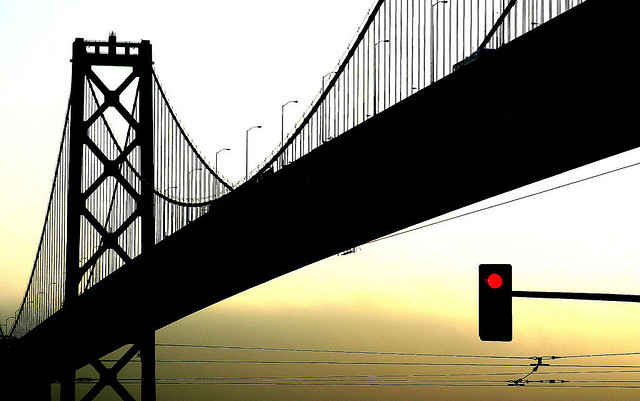
By Thomas Hawk
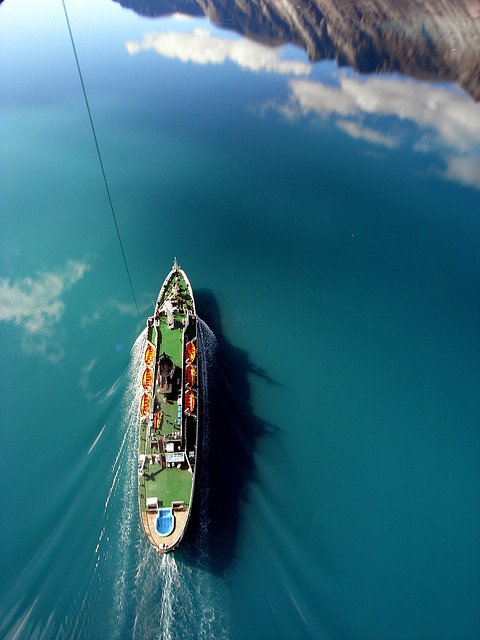
By Pierre Lesage
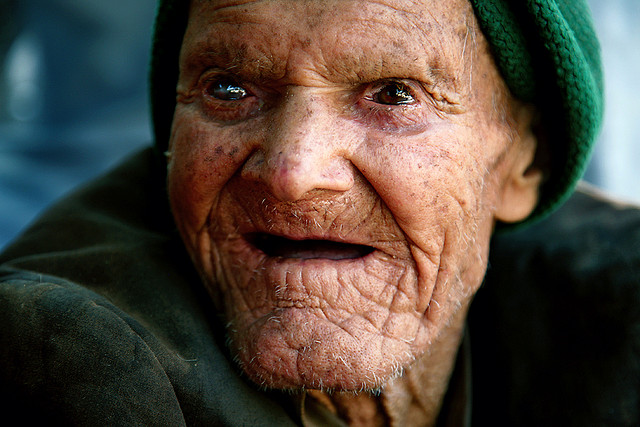
By HORIZON
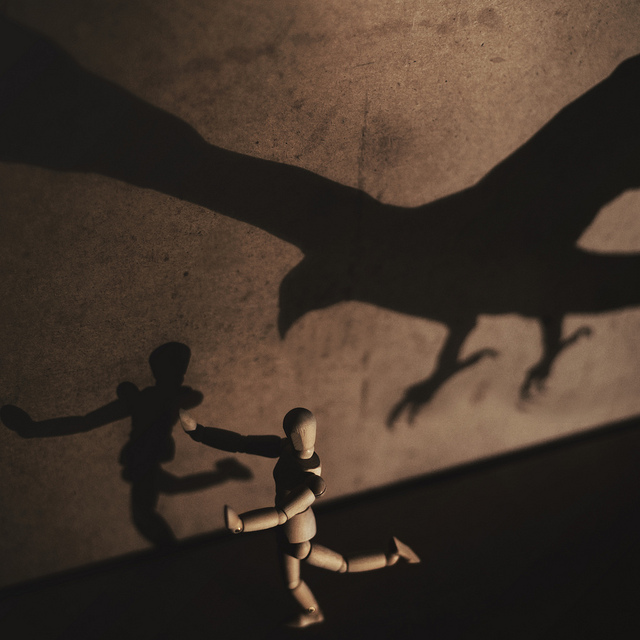
By zev
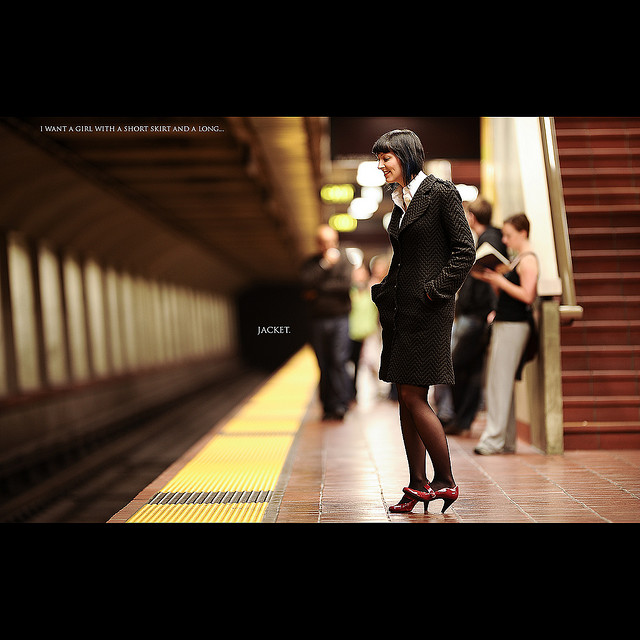
By Dustin Diaz
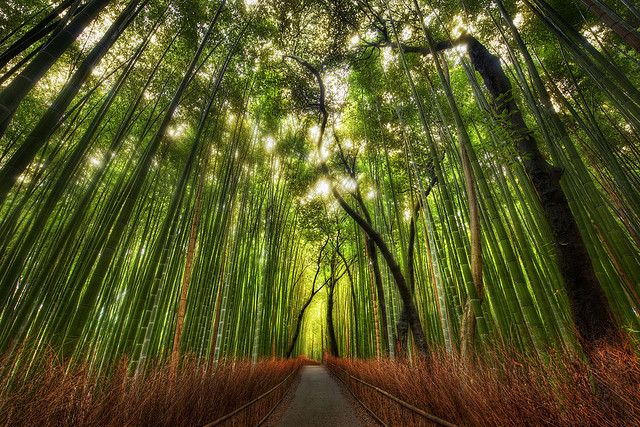
By Trey Ratcliff
The post 15 Inspiring Image Collections from 2013 by Darlene Hildebrandt appeared first on Digital Photography School.
Es ist Weihnachten 2005. Meine Freundin drückt mir ihre Digitalkamera in die Hand und bittet mich, ihre Familie zu fotografieren. Ab jetzt wird sich mein Leben von Grund auf verändern.
Die nächsten fünf Jahre lerne ich zu fotografieren. Ich möchte Landschaftsfotograf werden. Und die Bilder von David Nightingale und Kathleen Connally inspirieren mich dazu.
Meine Bilder werden stetig populärer. Auf Flickr und in meinem Fotoblog flattern die Kommentare nur noch so herein und 50 Favoriten pro Bild sind die unterste Grenze.
Ein Bekannter meint: „Dein Selbstbewusstsein muss ja von Tag zu Tag wachsen.“
Ich liebe das. Diese Dramatik. Der nicht abreißende Strom lobender Hymnen auf „meine“ Landschaften. Menschen schreiben mir, dass sie heute an mich gedacht haben, weil der Himmel so blau war wie auf meinen Fotos.
Doch ab 2009 werde ich dem überdrüssig. Ich hinterfrage das, was ich tue und merke, dass ich eigentlich gar keine Lust mehr auf Landschaftsfotografie habe. Und dass die Kommentare für mich nicht mehr das sind, was sie einst waren.
2010 traue ich mich und beginne, mich ganz der Straßenfotografie zu widmen. Das fühlt sich richtig an. So angenehm alltäglich. Unaufgeregt. Doch ich hänge immer noch am Lob der anderen und reagiere verletzt, wenn mich jemand kritisiert.
Ich denke immer wieder über die Frage der Persönlichkeitsrechte nach, lese viele Artikel dazu und hole mir Rat von anderen Straßenfotografen. Obwohl es unpopulär ist, entscheide ich mich dafür, zu fotografieren. Menschen mit Gesichtern.
Ich möchte außerdem weg von all dem Aufgeregten. Ich habe mich satt gesehen an Bildern, bei denen alles stimmt und es sich gerade deshalb so anfühlt, als ob überhaupt gar nichts stimmt.
Und 2013 stelle ich fest, dass ich immer noch an den Sternen und Kommentaren der Leute hänge. Werden meine Bilder gemocht, geht es mir gut, wenn nicht, bekomme ich schlechte Laune.
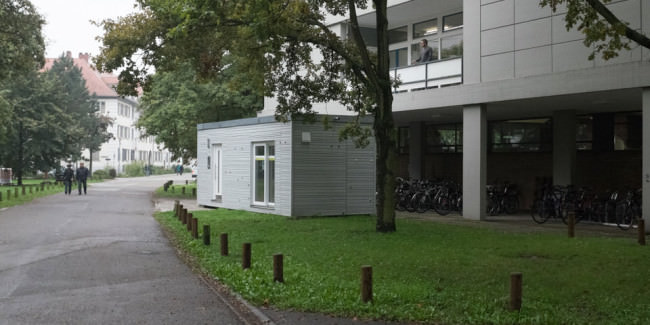
Irgendetwas mache ich falsch. Es kann doch nicht sein, dass ich mich bis zum Ende meines Lebens von den Vorlieben anderer Menschen derart kontrollieren lasse.
Dazu fühlt sich alles an wie festgefahren. Mir fehlen die Ideen. Die Wertschätzung der Fotografie.
Stopp. Halt. Momentchen, Martin. Mach Dich nicht verrückt. Wer sagt denn, dass Du bis in alle Ewigkeiten so weitermachen musst?
Also nehme ich mir eine Auszeit und veröffentliche drei Monate lang kein einziges Foto. Dem Hunger nach Liebe durch Bestätigung wird jetzt erst einmal ein Ende gesetzt.
Dabei bin ich noch genauso oft draußen. Und suche in der Stadt nach Motiven. Bearbeite Bilder, speichere sie ab und… lasse sie auf der Festplatte schlummern.
Durch diese Arbeitsweise bin nicht sofort der Kritik anderer Menschen ausgesetzt. „Das schärft den eigenen Blick ungemein“, meint eine weise Person und ich spüre, dass sich das für mich als Wahrheit herausstellt.
So fotografiere ich in aller Seelenruhe vor mich hin. Und merke von Tag zu Tag, dass sich in mir etwas öffnet, das ich bisher gar nicht kannte. Es ist unendlich und irgendwie tief.
Und auf einmal sehe ich Möglichkeiten, die ich zuvor noch nicht einmal im Ansatz bedacht hatte. Ich wechsle meine Kameras, probiere jetzt mehr aus und hänge nicht mehr so sehr daran, meinen Stil zu finden.

Meine Bilder verändern sich. Und: Ich verändere mich.
Und mir wird klar: Ob meine Bilder heute oder morgen gemocht werden, ist mir mittlerweile sehr, sehr unwichtig geworden.
Im Gegensatz dazu wird der Wunsch stärker, etwas Bleibendes zu schaffen.
Karlsruhe – meine Heimatstadt – zu dokumentieren und damit Menschen, die die Fotos in 30 Jahren sehen werden, das Gefühl zu geben: „Ah, früher sah Karlsruhe so aus. Siehst Du die Baustellen? Die Fußgängerzone? Die Pyramide? Schau mal hier, so haben sich die Menschen damals gekleidet.“
Ich möchte etwas tun, was über den jetzigen Moment hinaus geht. Darüber hinaus, ob Leute nun meine Fotos liken oder in der Luft zerreißen. Ob sie die Bilder loben oder sie grässlich langweilig finden.
Es ist das Ende des unbewussten Tauschhandels: Ich poste ein geiles Bild und Ihr liket es dafür und schreibt mir, wie geil das Bild ist.
Nach den drei Monaten beginne ich erneut, Bilder zu posten.
Mein Kopf ist frei geworden. Frei vom Trubel des Internets. Frei von der Sehnsucht nach Dramatik und Anerkennung. Es ist etwas Neues entstanden. Eine neue Vision. Ein neuer Weg.
Jetzt ist Dezember und ein neues Jahr bricht an. Im Bauch kribbelt es, wenn ich daran denke, was ich noch alles entdecken kann.
Und wenn ich wieder bemerke, dass irgend etwas nicht stimmt, werde ich mich wieder zurückziehen. Vielleicht ist auch das meine Art, mit den Dingen umzugehen.
kwerfeldein – Fotografie Magazin
You must be logged in to post a comment.